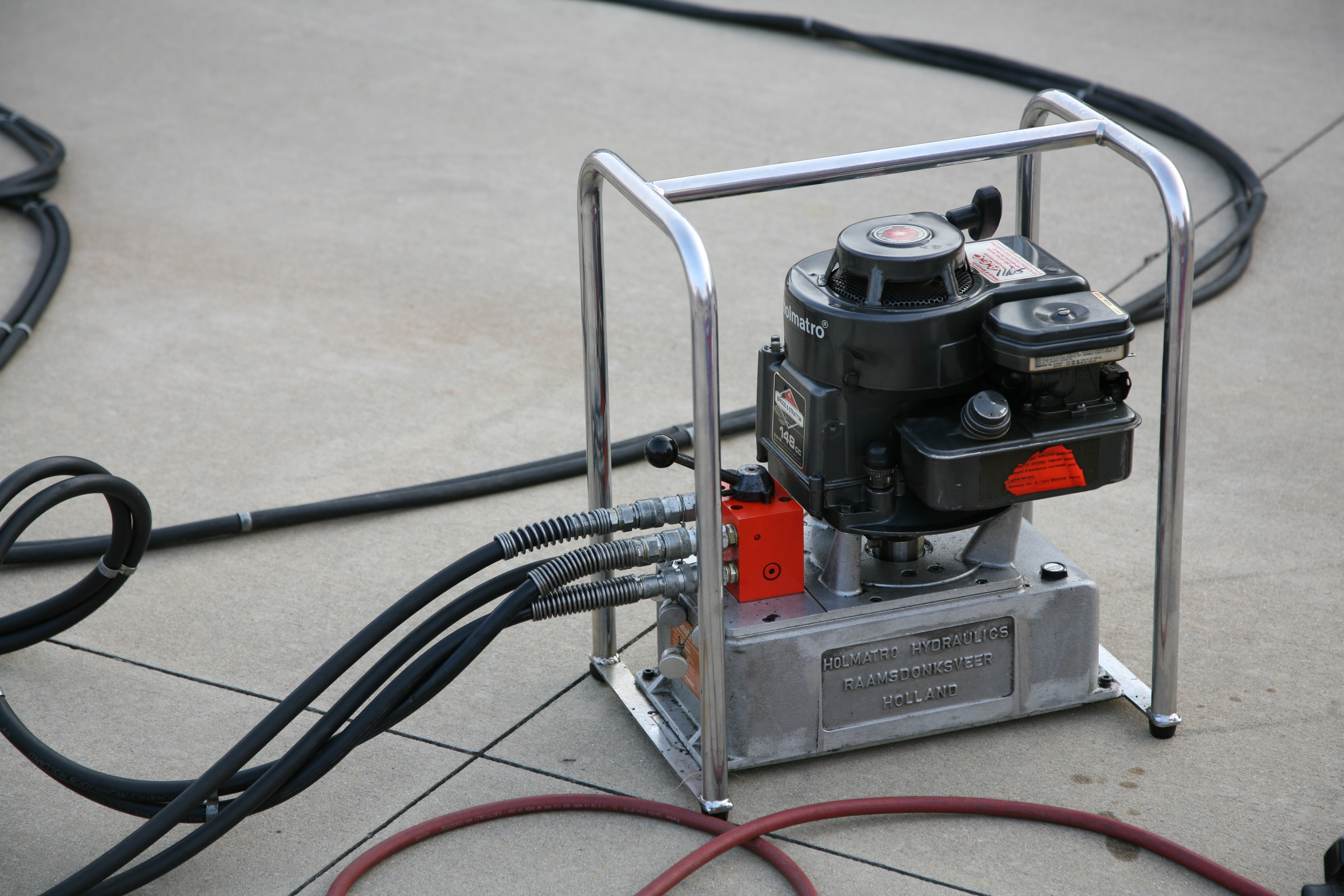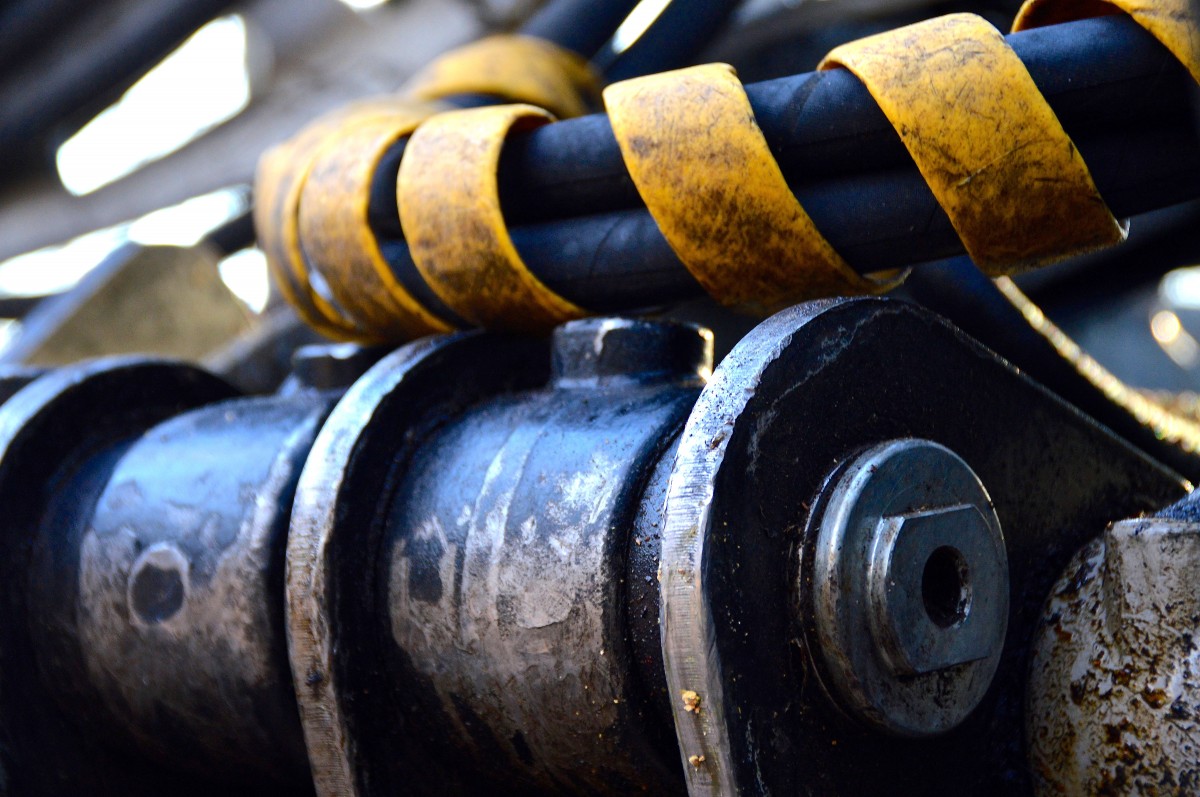For industrial purposes, mechanical devices are usually needed that can facilitate the production process. The device used is usually driven by a pneumatic or hydraulic system. Both of them can indeed move a series of components to produce mechanical energy.
Even though it looks similar, the pneumatic and hydraulic systems turn out to have some differences. One of the main differences can be seen from the respective work media. Pneumatics utilizes compressed air while hydraulics uses liquid (usually oil). Following is an explanation of pneumatic and hydraulic differences.
How Pneumatic Works
In order to know the difference between pneumatic and hydraulic, you should first understand how each one works. In this first point, we will discuss about how the pneumatic system works first.
Simply put, a pneumatic system can be understood as a system that utilizes air (which has been compressed) as a working medium to produce motion. This system also utilizes several laws of aeromechanics.
Pneumatic systems rely heavily on compressors to produce compressed air which then becomes a working medium. The air that is sucked up by the compressor is then pressured as needed (generally between 6-9 bar). After that the compressed air will be dried with an air dryer and then reach the working cylinder. In this cylinder the air will then produce motion.
How Hydraulic Works
As mentioned, the hydraulic system utilizes fluid in the form of liquid as the main working medium. Hydraulic systems utilize the properties of liquid supported by Pascal's Law. Basically, the pressure on the liquid will continue equally in all directions.
The hydraulic system utilizes uncompressed fluid to produce mechanical power. Before becoming mechanical power, the fluid was previously subjected to hydraulic power which regulates the amount of flow, direction of flow, and pressure. That way, the mechanical energy produced is more directional and measurable motion.
From here you can already know the differences between pneumatic and hydraulic systems according to how they work. Pneumatics utilizes air, while hydraulics uses liquid (usually oil). The pneumatic system also places more emphasis on the use of aeromechanical laws, while hydraulics works by utilizing Pascal's Law. To better understand the difference between pneumatics and hydraulics, you can listen to the next point.
Pneumatic System Application
When compared with hydraulic systems, pneumatics does work at relatively smaller working pressures. Most pneumatic systems exist in the range 550-690 KPa. So it is not surprising if the power generated is smaller than a hydraulic system.
The application itself can be found in relatively lighter work than hydraulic systems. You can find it in the fields of health (pumps on dental engines) to the construction and mining fields.
Hydraulic System Application
Hydraulic systems work at a greater pressure than pneumatics. If pneumatics is in the range 550-690 KPa, then hydraulics is in the range of 6.9-34 MPa (around 6.900-34,000 KPa).
An example can be seen in a hydraulic pump in a car repair shop. The force applied to lift a car is actually not as big as the car's mass. The car can be lifted because of the pressure on the liquid in the hydraulic system.
At first glance, the two drive systems do look similar. But if observed more closely, there are striking differences between the two. Which one is more suitable for you? Simply adjust to your needs. For those who need more power, a hydraulic system can be chosen. For those who require less power, pneumatics is the answer. Hopefully from this explanation of the differences in pneumatic and hydraulic you can more easily understand these two drive systems.





